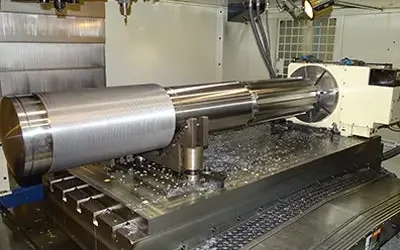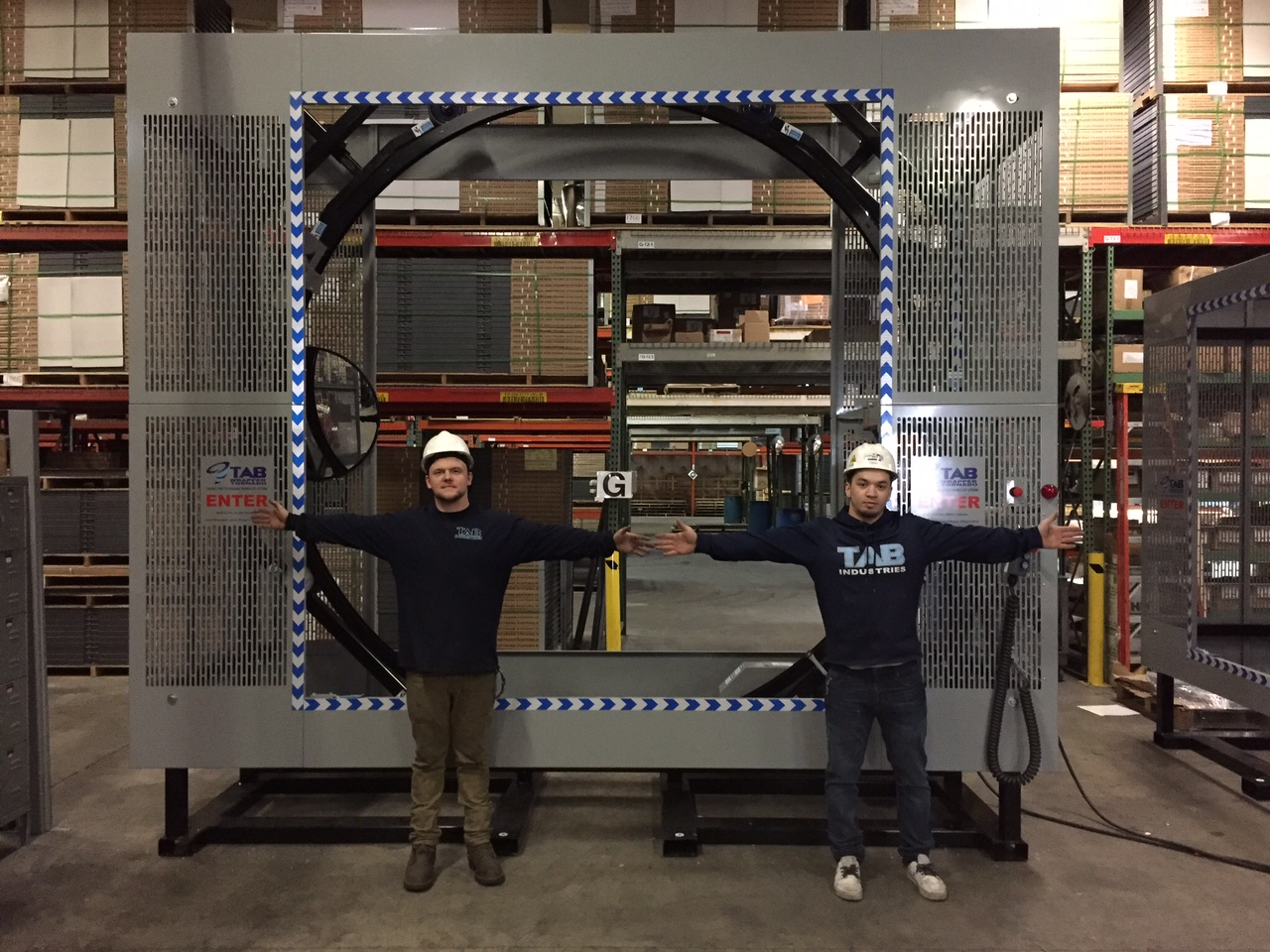Technology and robotics are becoming a part of all types of traditional manufacturing and fabricating systems across all industries. It is only natural with the use of CNC technology in machining the growth of this technology would expand.
Today, cutting-edge CNC machining services are utilizing robotic machine tending in their shops. This may also be called autonomous machine tending or CNC machine tending, but it all means the same basic technology at work. The result of this type of automated tending of systems is faster production, less waste, and greater precision work through the elimination of even the slightest deviations in handling workpieces and equipment when human operators are involved.
The Simple Explanation
Through the use of robotic machine tending, the workpieces are loaded and unloaded from the machining equipment by robots and not by human operators. In traditional types of CNC shops, there are still equipment operators managing the loading and unloading. With loading, even slight variations in how the workpiece is placed in the equipment can result in variations in the final product, even with CNC equipment.
The robotic systems can be very simple to more sophisticated. Some shops simply use the robots to load the raw material with human operators then unloading and moving parts to the next equipment or for finishing. Other systems may be completely robotic, but all will, just like CNC machine, repeat the identical process until the program is changed.
The Advantages to the Customer
For Original Equipment Manufacturers, the addition of robotic machine tending is a cost-saving feature. As there is no need to have humans working on the machines, the shops can literally operate around the clock with just a minimal supervisory staff on hand.
This allows for the more rapid production of even large volume orders with a greater reduction in any waste or non-standard parts. Additionally, with the use of the robotic system, greater tolerances can be developed, something that is of particular interest to the medical device, aerospace and military and defense industries.








